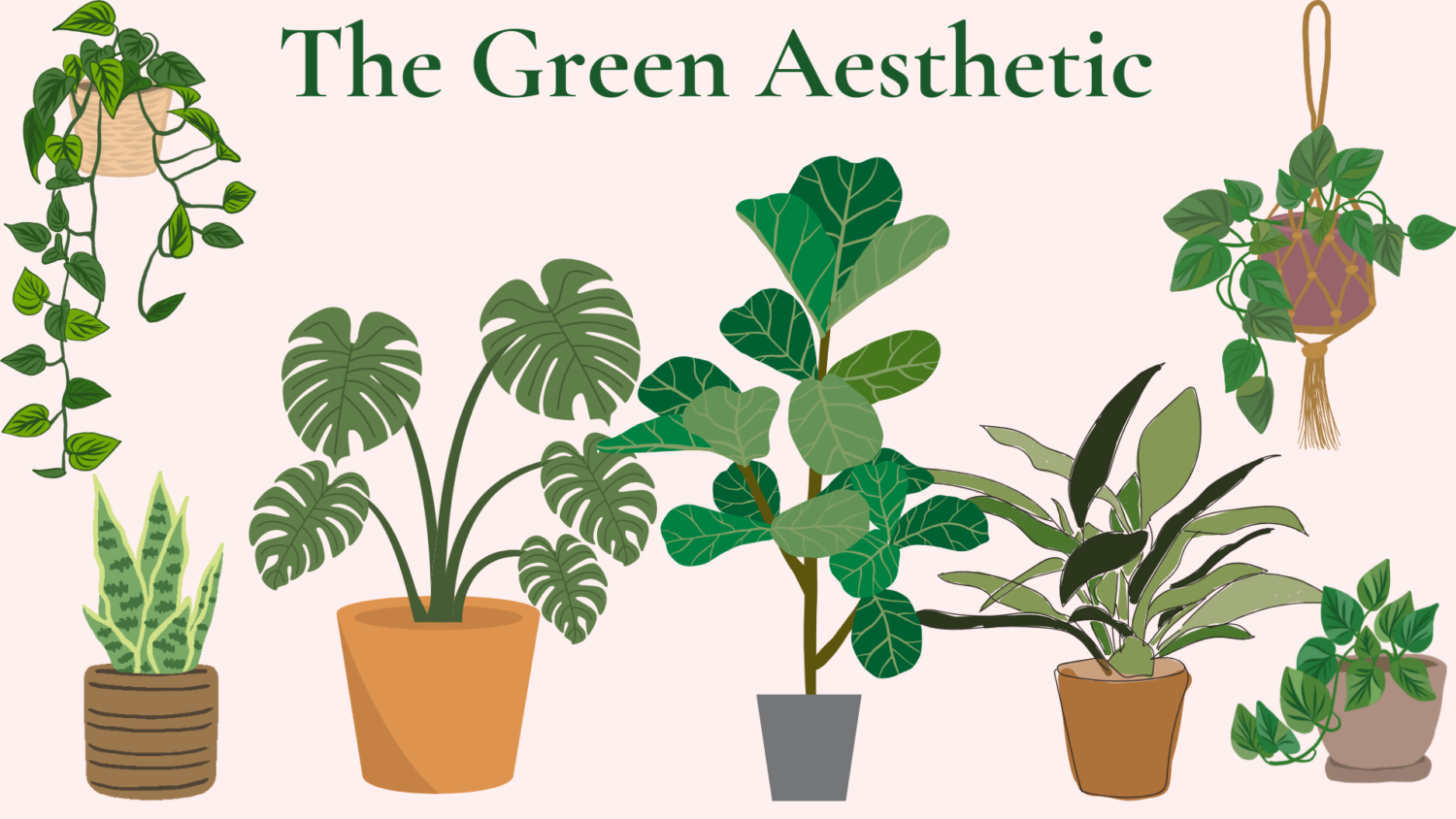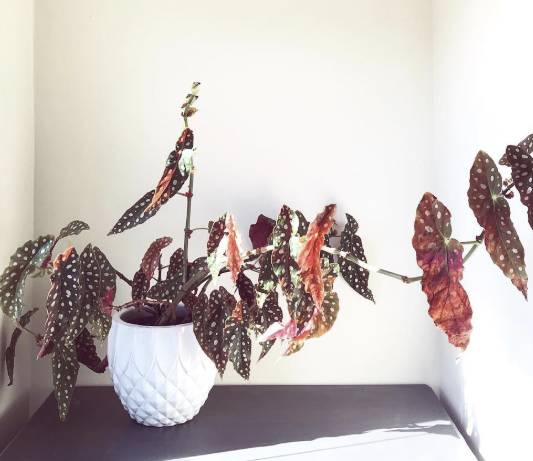With its olive green leaves, bright silver spots and rich red undersides, the polka dot begonia (Begonia maculata) is a show stopper. It’s one of those houseplants that really earns its keep. Its dramatic, sculptural and stylish, without being overly demanding. But to keep it looking its best all year round, you’ll need to give it the right conditions and just a little bit of regular care.
In this post, I’ll walk you through exactly how to care for a polka dot begonia at home. This post covers it all, from light and watering to feeding, pruning and spotting common problems before they become a big deal.
Quick Facts
- Botanical name: Begonia maculata
- Common name: Polka dot begonia
- Height: Up to 90cm
- Spread: Up to 45cm
- Light: Bright, indirect sunlight
- Temperature: 18–21°C year-round, never below 13°C
- Fertiliser: High nitrogen, spring to late autumn
- Watering: Keep compost lightly moist, water from below
- Repotting: Only in spring, and only if it’s rootbound
- Pests: Aphids, red spider mites, whitefly, thrips
- Diseases: Prone to botrytis and powdery mildew
- Position: Bright room, away from strong sun or draughts
What It Looks Like
This is a plant that knows how to make a statement. The begonia maculata has elongated, wing-shaped leaves with bold silver spots and deep red undersides that glow when backlit.
It can grow up to 90cm tall, with a spread of around 45cm if given enough space and the right care.
In the right conditions, it may also produce small clusters of pale pink or white flowers, but it’s really the foliage that steals the show.
Light and Positioning
This plant thrives in bright, indirect sunlight. A spot near an east or north facing window is ideal. Avoid direct sun as its delicate leaves burn easily, especially during summer or bright winter mornings. If you notice pale or scorched patches, it’s probably had too much sun.
One tip that really helps with symmetrical growth is to turn the pot regularly. These plants will lean toward the light, and rotating it every week or two encourages even, upright stems.
Temperature and Humidity
The polka dot begonia prefers a stable environment. Ideal temperatures sit between 18 and 21°C, and it should never be exposed to more than 21°C, even in summer. It also won’t tolerate cold, anything below 13°C can cause damage.
Because it dislikes stuffy or damp air, good ventilation is key. This helps prevent fungal issues and keeps the plant healthy. Avoid placing it near radiators, heaters or draughty doors.
Watering and Feeding
The compost should be kept lightly moist, but not soggy. Let the top few centimetres of soil dry out between waterings. In winter, reduce watering, but don’t let it completely dry out for too long.
Water from below. This means placing the pot in a shallow tray of water and letting the soil absorb moisture through the drainage holes. This encourages deeper root growth and prevents water from sitting on the leaves, which can lead to botrytis or mildew. Let the pot sit for 15–20 minutes, then lift it out and allow excess water to drain.
From spring through late autumn, feed every two weeks with a high-nitrogen liquid fertiliser. This supports leaf growth and helps maintain that striking foliage.
Pruning and Repotting
If stems become leggy, cut them back to encourage bushier growth. Always use clean, sharp scissors and cut just above a leaf node. You can propagate the cuttings in water or moist compost if you’d like more plants.
Repot only in spring, and only if your plant is rootbound. If its rootbound, you’ll see roots growing out of the drainage holes, or the plant drying out very quickly after watering. Choose a slightly larger pot and use a light, well-draining potting mix. Avoid repotting unnecessarily; too much space can lead to root rot.
Common Problems and Pests
Polka dot begonias can be a little fussy if the air is too dry or the conditions aren’t quite right. Here are the most common issues to watch for:
FAQ & Troubleshooting
Why are the leaves turning yellow?
Yellowing can be a sign of overwatering, underwatering, or not enough light. Check the moisture level of the compost, ensure it’s not soggy, and adjust your watering routine. If your plant is in a dim room, try moving it closer to a brighter spot with indirect light.
Why is there grey fluff on my plant?
This is likely botrytis, a common fungal issue that thrives in damp, overcrowded or poorly ventilated conditions. It can also occur if water is splashed onto leaves.
What to do
- Remove any affected areas with clean scissors
- Isolate the plant to prevent spread
- Improve air circulation around the plant
- Use a suitable fungicide if necessary
What’s the white powder on the leaves?
This is usually powdery mildew, caused by dry conditions or poor air flow.
To fix:
- Remove affected leaves
- Increase ventilation
- Mist lightly to increase humidity (without wetting the leaves directly)
- Apply a mildew treatment or fungicide
Why is my begonia dropping leaves?
Leaf drop can be a sign of overwatering or exposure to high temperatures. If it’s also becoming leggy, the issue might be not enough light.
Solution:
- Move to a brighter area (still out of direct sun)
- Allow the soil to dry slightly more between waterings
- Check the temperature isn’t climbing above 21°C
The polka dot begonia isn’t quite as carefree as some houseplants, but it rewards you for your attention. With its striking spotted leaves, upright stems and eye catching colour, it makes a gorgeous statement in any indoor space.
As long as you stick to its key needs this plant can thrive beautifully, even in a smaller home or apartment. Don’t forget to turn the pot regularly, snip back leggy stems, and give it a little extra feed during the growing season.
It might not be the plant for those who want zero maintenance, but if you’re willing to give it a little care, Begonia maculata will more than return the favour.
Want more plant care guides? Check out all my plant care guides here.

